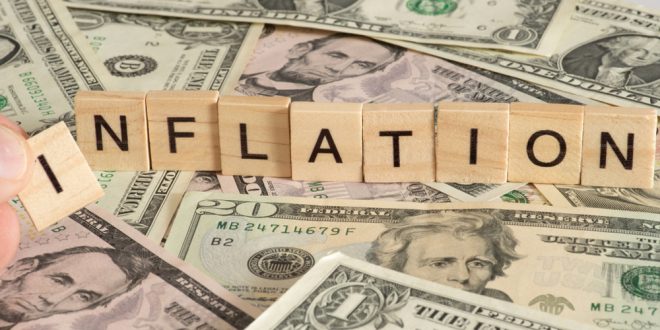The most recent indications of declining inflation and slowing economic activity are likely to have an impact on the Federal Reserve’s decision to lower interest rates. Food and energy-related prices in the personal consumption expenditures price index are predicted to increase by 0.1% in June for the second time in a row.
This will bring three-month annualized core inflation down to the lowest rate of the year and below the Federal Reserve’s 2% objective. The economy would have seen its two slowest quarters in a row as a result, giving Fed policymakers room to start easing the US monetary policy.
Investors still view a quarter-point rate cut at the US central bankers’ September meeting as practically certain, even though no policy changes are anticipated at their next meeting, which takes place on July 30-31. Since the monthly pace of core PCE inflation is expected to remain consistent with the 2% target for a third consecutive print, the June PCE inflation statistics should provide positive news for the Fed.
Reports on June sales of both newly and previously owned homes will also be released this week. Economists predict a modest uptick in new home purchases and a fourth consecutive fall in contract closings on existing properties. The resale market has been constrained, which has benefited builders, due to the lock-in effect, where homeowners are unwilling to give up their low mortgage rates.
The government’s report on June orders of durable goods predicts lackluster bookings for business equipment due to high borrowing prices constraining investment. This data will offer insight into the demand for high-priced items during the week.

 Noor Trends News, Technical Analysis, Educational Tools and Recommendations
Noor Trends News, Technical Analysis, Educational Tools and Recommendations




